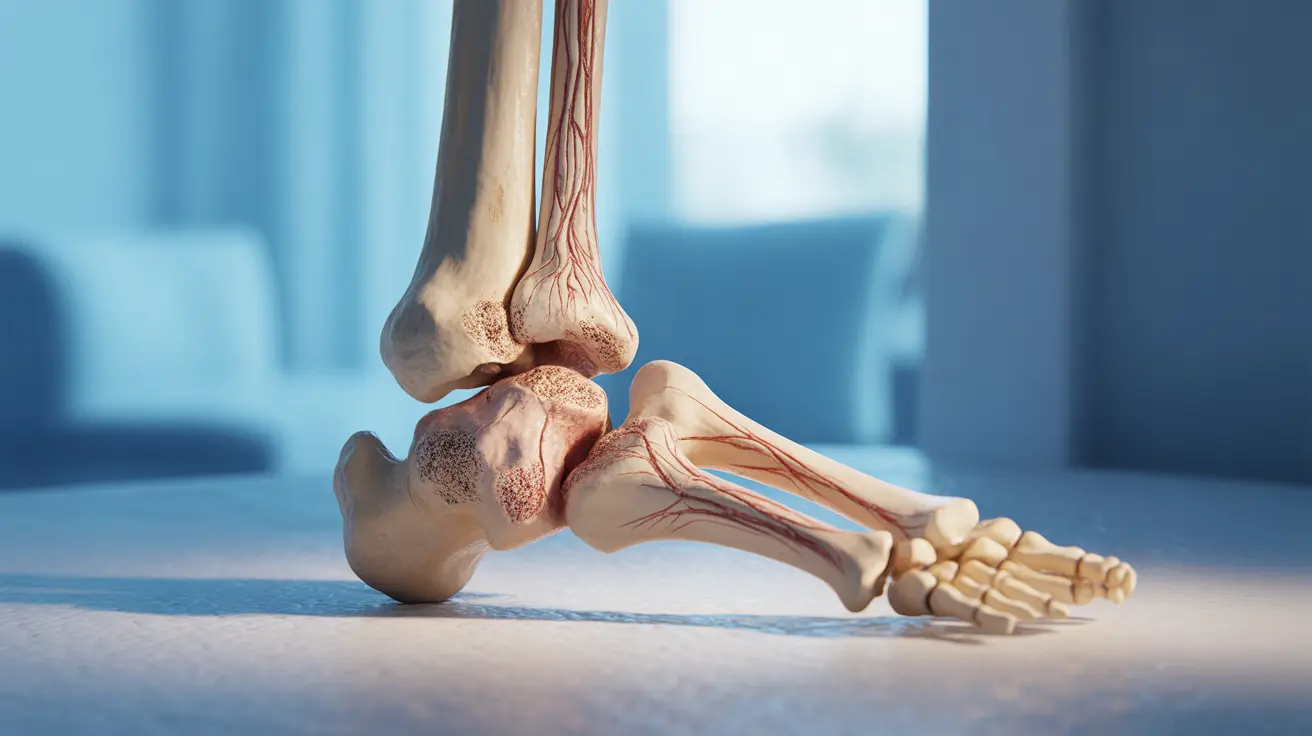Multiple myeloma can cause significant leg pain, affecting both quality of life and mobility for many patients. This cancer of the plasma cells often impacts the bones and nervous system, leading to various types of pain and discomfort in the lower extremities. Understanding the connection between multiple myeloma and leg pain is crucial for both patients and caregivers to ensure proper management and timely medical intervention.
In this comprehensive guide, we'll explore the various aspects of leg pain associated with multiple myeloma, including its causes, characteristics, treatment options, and when to seek immediate medical attention.
How Multiple Myeloma Affects the Legs
Multiple myeloma primarily impacts the bones and bone marrow, which can lead to several issues affecting the legs:
- Bone lesions and weakening
- Compression fractures
- Nerve compression
- Reduced blood flow
- Calcium buildup in the bloodstream
The disease process can cause bone destruction and create painful areas throughout the skeletal system, with the leg bones being particularly vulnerable to damage and discomfort.
Recognizing Multiple Myeloma Leg Pain
The pain associated with multiple myeloma in the legs often has distinctive characteristics:
- Deep, persistent aching
- Sharp pain during movement
- Increased discomfort at night
- Pain that worsens with weight-bearing activities
- Tenderness in specific bone areas
These symptoms may be accompanied by other signs such as weakness, numbness, or tingling sensations in the legs, indicating potential nerve involvement.
Treatment Approaches for Leg Pain
Medical Interventions
Several treatment options are available to manage leg pain in multiple myeloma patients:
- Pain medications (from NSAIDs to prescription pain relievers)
- Targeted radiation therapy
- Bone-strengthening medications
- Physical therapy
- Surgical interventions when necessary
Supportive Care Measures
Complementary approaches can help alleviate leg pain and improve overall comfort:
- Regular gentle exercise
- Proper rest and positioning
- Heat or cold therapy
- Assistive devices for mobility
- Stress reduction techniques
Managing Treatment-Related Complications
Some multiple myeloma treatments can themselves cause leg pain or related symptoms. These side effects often require specific management strategies and may include:
- Peripheral neuropathy from chemotherapy
- Muscle cramps from certain medications
- Joint stiffness
- Reduced mobility
When to Seek Immediate Medical Care
Certain symptoms warrant immediate medical attention:
- Sudden severe pain
- New or worsening weakness
- Signs of fracture
- Difficulty walking
- Unexplained swelling
- Numbness or tingling that interferes with daily activities
Frequently Asked Questions
What causes leg pain in people with multiple myeloma and how does it affect the bones and nerves? Multiple myeloma causes leg pain through bone destruction, formation of lesions, and nerve compression. The cancer cells weaken the bone structure and can cause painful fractures, while also potentially pressing on nearby nerves, leading to additional pain and neurological symptoms.
What does leg pain from multiple myeloma usually feel like and what other symptoms might occur with it? Multiple myeloma leg pain typically presents as a deep, persistent ache that may be accompanied by sharp pains during movement. Additional symptoms can include weakness, numbness, tingling sensations, and increased pain during weight-bearing activities or at night.
How is leg pain caused by multiple myeloma treated and what medications are commonly used? Treatment typically involves a combination of pain medications, bone-strengthening drugs, radiation therapy, and sometimes surgery. Common medications include NSAIDs, prescription pain relievers, and bisphosphonates to strengthen bones. Physical therapy and supportive care measures are also important components of pain management.
Can multiple myeloma treatments cause nerve pain or muscle cramps in the legs? Yes, certain multiple myeloma treatments, particularly chemotherapy, can cause peripheral neuropathy leading to nerve pain and muscle cramps in the legs. These side effects often require specific management strategies and may need dose adjustments of the causative medications.
When should someone with multiple myeloma seek medical advice for leg pain or new symptoms? Patients should seek immediate medical attention if they experience sudden severe pain, new or worsening weakness, signs of fracture, difficulty walking, unexplained swelling, or numbness/tingling that interferes with daily activities. Any significant change in symptoms should be reported to healthcare providers promptly.




